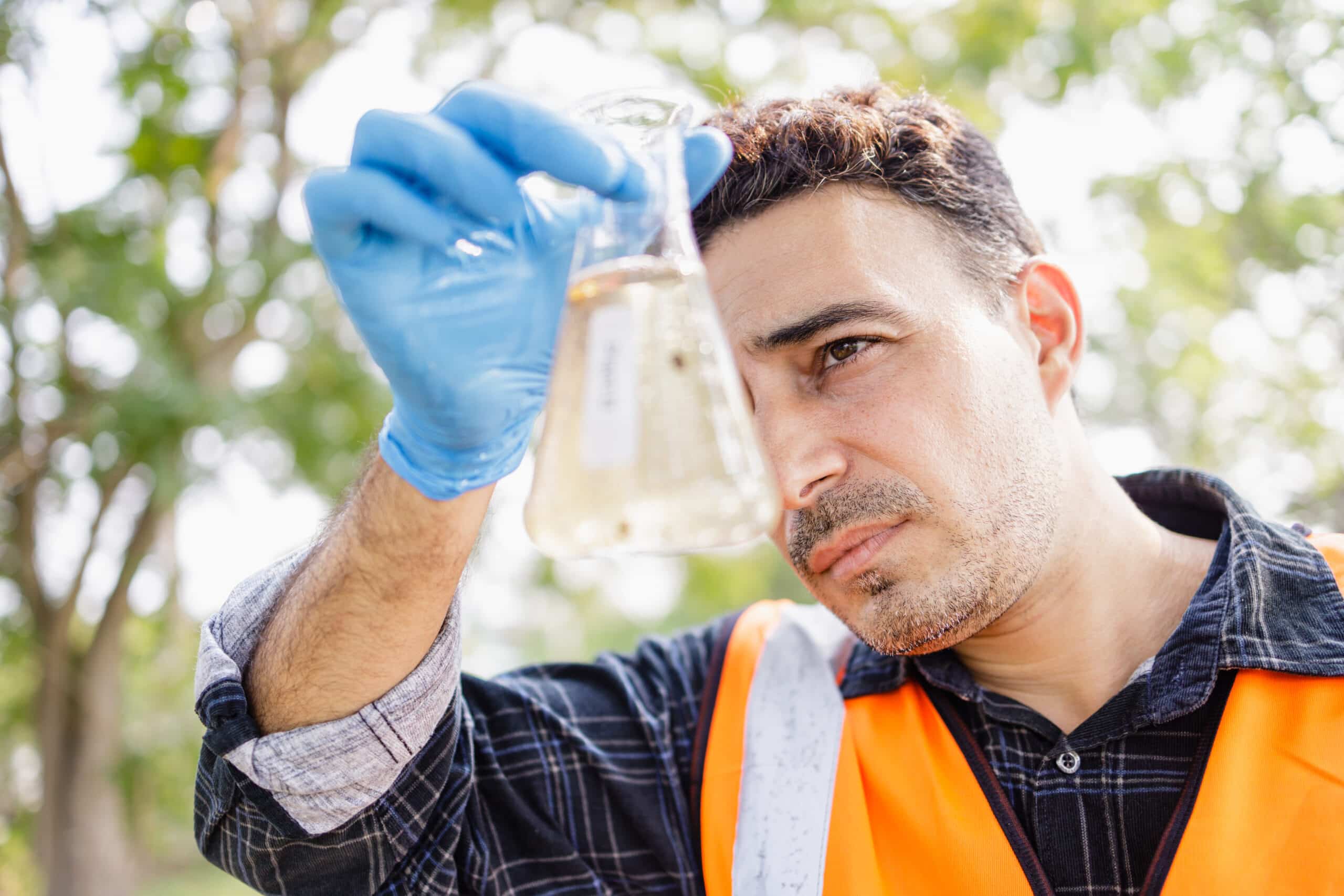Non-hazardous waste management refers to the handling, storage, and disposal of waste that is not considered hazardous and is not subject to the regulations and oversight of the United States Environmental Protection Agency (EPA) under the Resource Conservation and Recovery Act (RCRA). Examples of non-hazardous waste include common household trash, food waste, and yard waste.
Non-hazardous waste can typically be managed and disposed of through a variety of methods, such as:
- Landfills: Most common method for disposing of non-hazardous waste, which involves burying the waste in a designated area.
- Incineration: This method involves burning the waste to reduce its volume and disinfect it from pathogens.
- Composting: Organic waste such as food and yard waste can be broken down by microorganisms to form compost.
- Recycling: Some non-hazardous waste can be recycled, such as paper, metal, and certain plastics.
Non-hazardous waste management also includes the reduction of waste through conservation, reduction, and reuse. In addition, it is important to properly separate and sort waste in order to maximize the potential for recycling and minimize the amount of waste that needs to be disposed of.
It’s important to note that just because a waste is non-regulated, it doesn’t mean that it’s not hazardous to the environment. Improper disposal of non-hazardous waste can lead to environmental damage, pollution, and other negative impacts on public health and the environment.

